Fed keeps federal funds rate unchanged at 5.25-5.50% as widely expected, by unanimous vote. Tightening bias is maintained as “The Committee would be prepared to adjust the stance of monetary policy as appropriate if risks emerge that could impede the attainment of the Committee’s goals”.
In the new dot plot, 12 of 19 policymakers penciled in one more 25bps rate hike this year to 5.50-5.75%. By
In the new median projections,
- 2023 GDP growth is revised up to 2.1% (from 1.0%).
- 2024 GDP growth is revised up to 1.5% (from 1.1%).
- 2025 GDP growth is unchanged at 1.8%.
- 2023 unemployment rate is revised down to 3.8% (from 4.1%).
- 2024 unemployment rate is revised down to 4.1% (from 4.4%).
- 2025 unemployment rate is revised down to 4.1% (from 4.5%).
- 2023 PCE inflation is revised up to 2.2% (from 3.2%).
- 2024 PCE inflation is unchanged at 2.5%.
- 2025 PCE inflation is revised up to 2.2% (from 2.1%).
- 2023 core PCE is revised down to 3.7% (from 3.9%).
- 2024 core PCE is unchanged at 2.6%.
- 2025 PCE is revised up to 2.3% (from 2.2%).
- 2023 federal funds rate unchanged at 5.6%.
- 2024 federal funds rate raised to 5.1% (from 4.6%).
- 2025 federal funds rate raised to 3.9% (from 3.4%).
Full Summary of Economic Projections here.




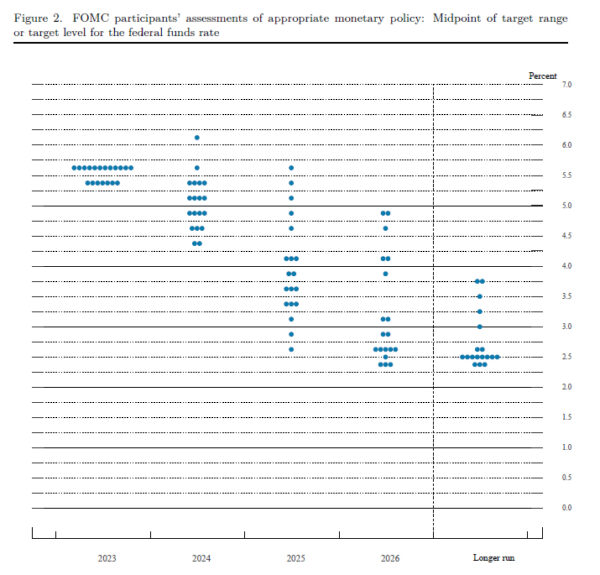
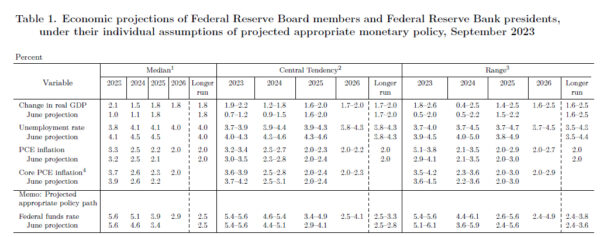

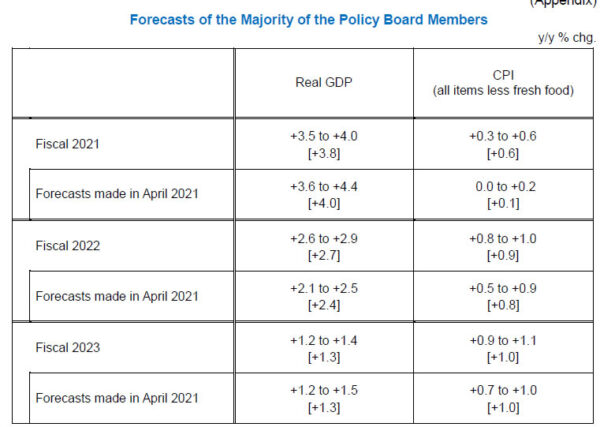
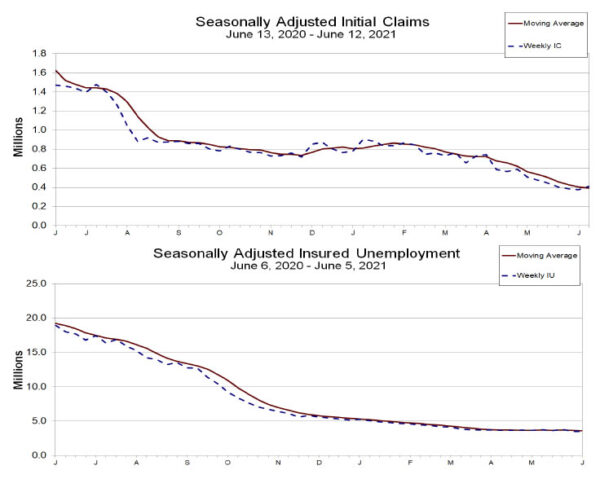
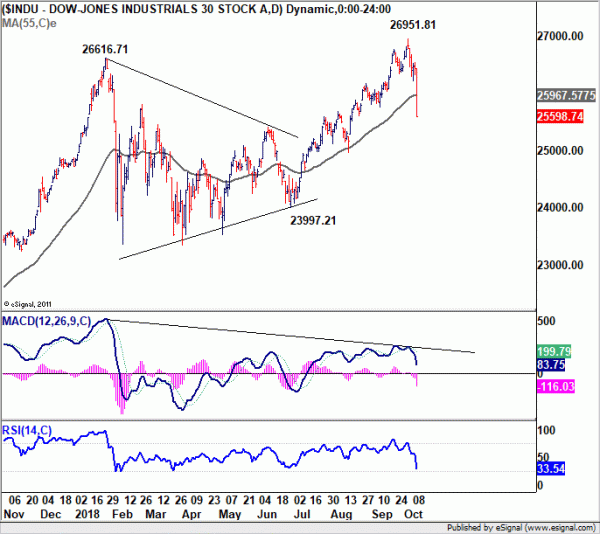
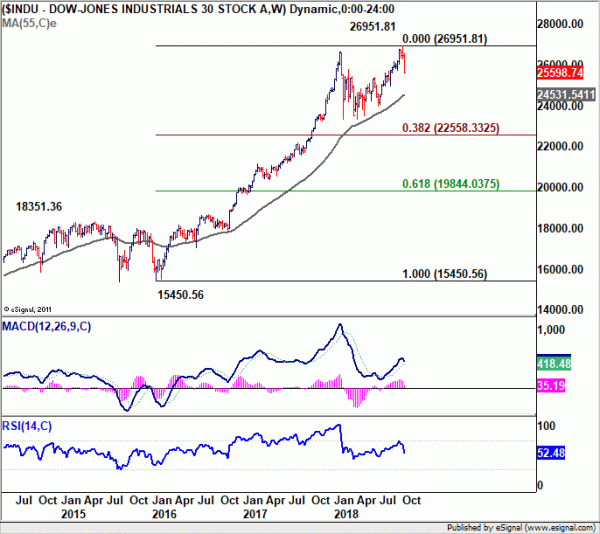
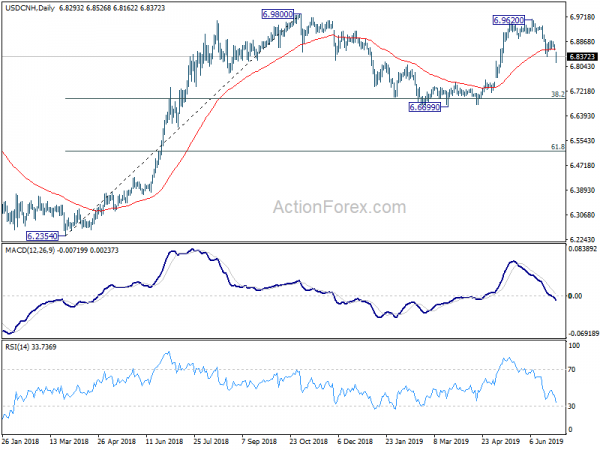
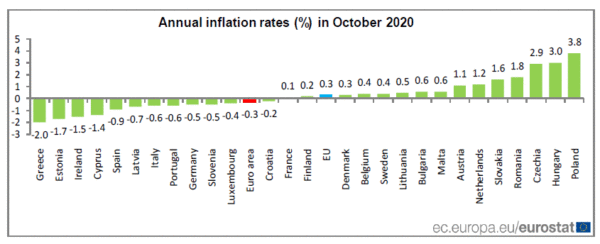
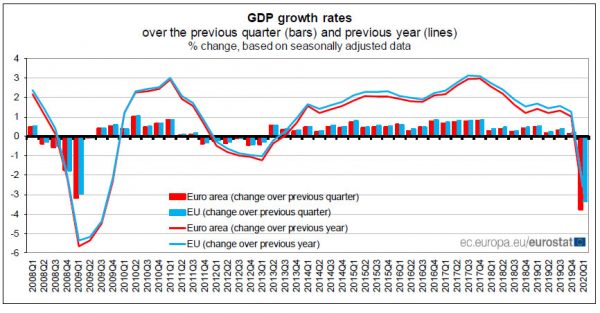
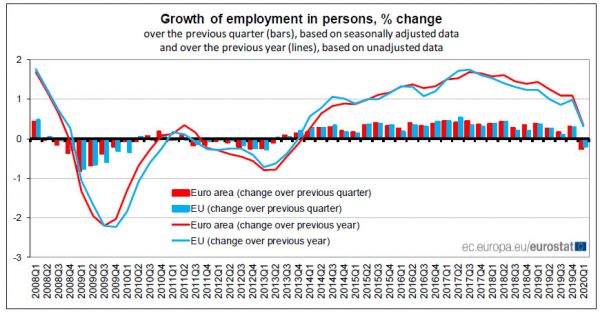
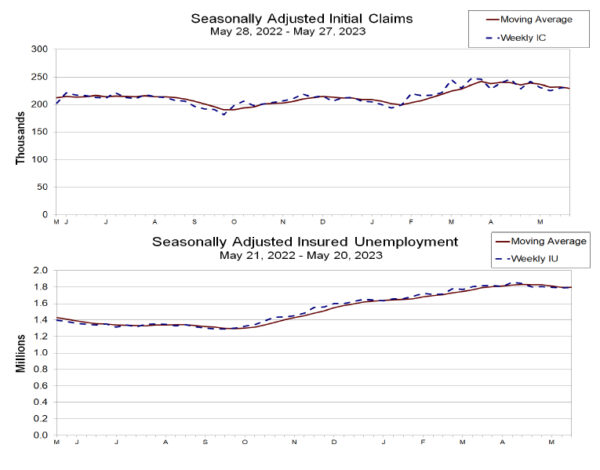
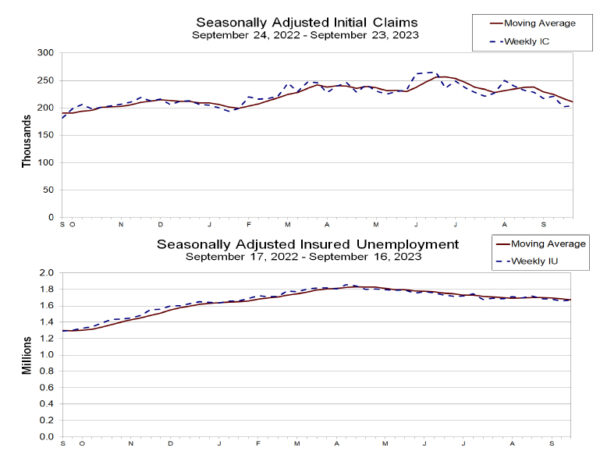
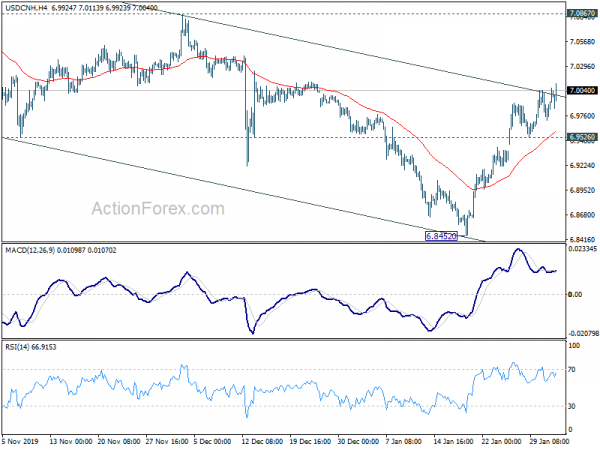
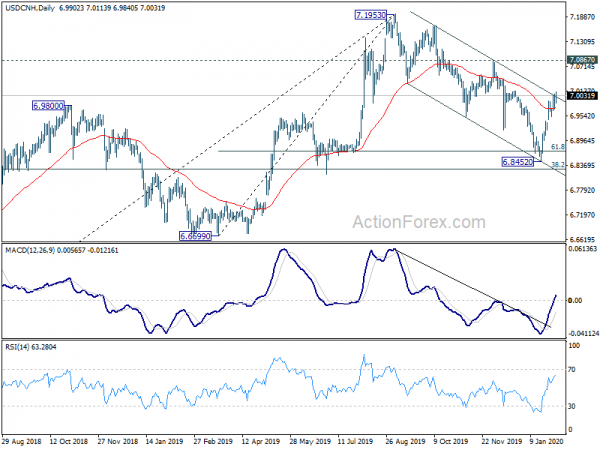

Germany PMI manufacturing surged to 56.6, but services back in contraction
Germany PMI Manufacturing rose to 56.6, in September, up from 52.2, beat expectation of 52.5. That’s also a 26-month high. PMI Services, however, dropped to 49.1, down from 52.5, missed expectation of 53.0 and was back in contraction. PMI Composite dropped slightly to 53.7, down from 54.4.
Phil Smith, Associate Director at IHS Markit said: “While latest PMI data shows German economic output continuing to rise in September, it highlights a growing divergence in trends between manufacturing and services. With services business activity falling for the first time in three months, the recovery in the tertiary sector has possibly reached a ceiling thanks to ongoing social restrictions and still-high levels of uncertainty in the economy, including around job security. In contrast, manufacturing is still rebounding strongly thanks to in part to improving export demand, with sharply rising levels of output and new orders helping to slow the rate of job losses in the sector.”
Full release here.